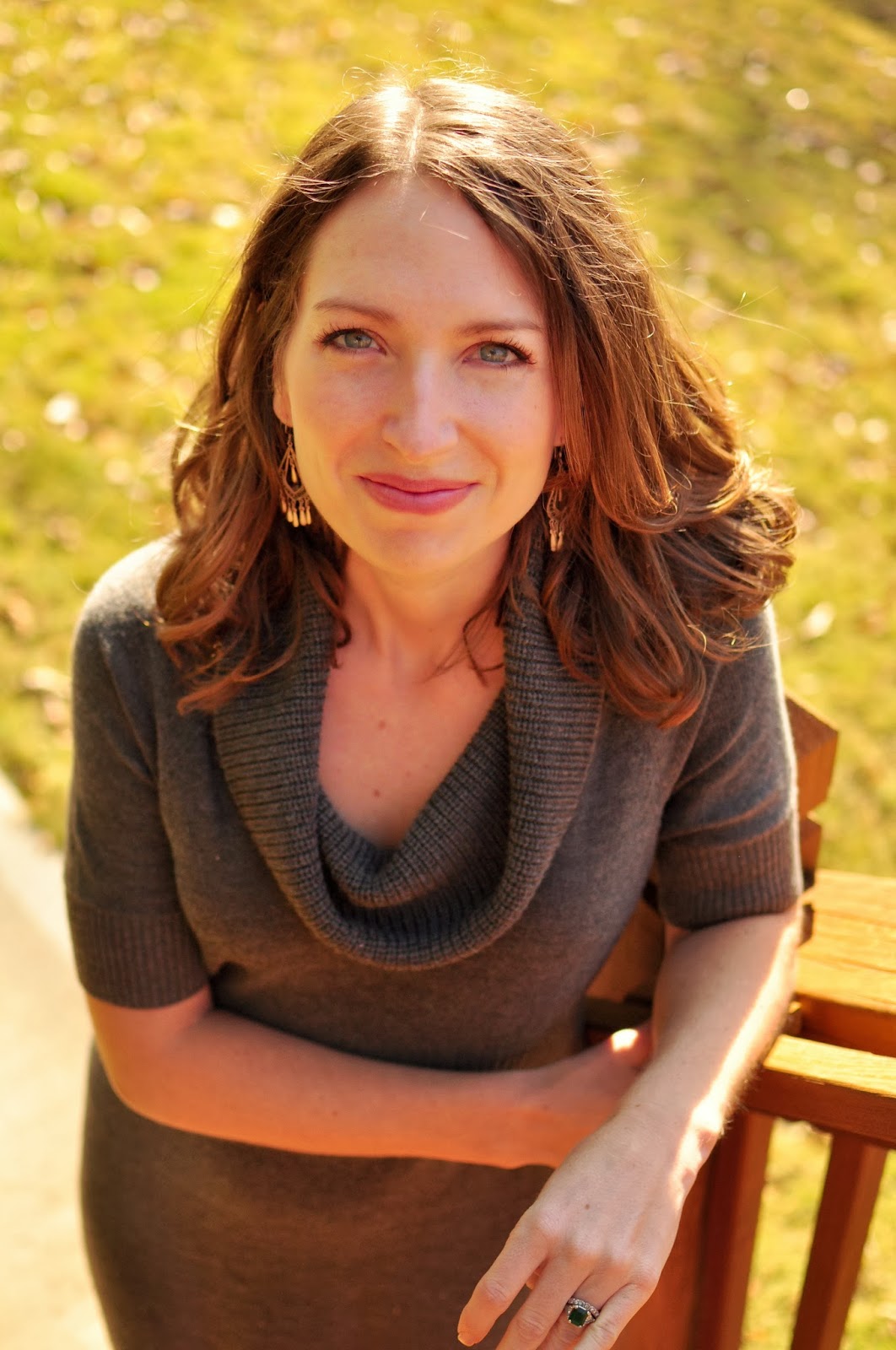Marketing
for Romance Writers welcomes JP Adkins, founder of the new social media site
MyAwesomeFans, for a look at authors and promoting well.
---
 |
| MyAwesomeFans.com |
Share about who are
you vs. what you're doing.
We all know creative artists for whom the only reason they
go onto social media is because they need to promote their book, blog, or
whatever. Authors and other creatives typically have many different accounts for each pen name, but
rarely share insights as to who they are as a person. The secret of social
media is that if you are not giving people the "why" of what you are
doing, they will not care about the "what" you are doing. Social
media is a powerful platform to grow your "knowability" and
"likeability", two of the most important factors for why people
choose your products and services.
Remember when you
created for fun?
When you were not worrying about deadlines or bottom lines?
I have found that when you rely on your creativity for your food supply, it
becomes a mad dash to reach more people, figure out how to get more sales,
figure out how to climb the Amazon Rankings, how to get another review, etc.
Sound familiar?
The issue we find is that in order to reach the most people,
we have to be on many different media platforms, such as Twitter, Facebook
(Wall, Groups, and Page), G+, Pinterest, Instagram and the list goes on and on
and on. We simply don't have time to be
human on all of these platforms and still have time to create. I have a couple
of tips that can help authors create engaging content while allowing yourself to
stay focused on creating awesome products that please you. In the end, if it
doesn't please you, it'll never please anyone else.
If you can't add value
to a community, drop it.
What are you doing to help the community along? Are you
there just to promote yourself? Is everyone in this group just promoting
themselves or are they genuinely trying to help each other? These are all
questions that you should be asking yourself. Facebook Groups for example. I
know authors who are in forty-five+ groups and more than half of them are full
of other authors cutting and pasting their promo-of-the-day. The only advantage
to staying in that group is search engine hits, but most of the groups are
secret and won't even be crawled by the search engines.
So, how do I do it all and stay sane?
I say do what makes you feel good and automate the rest. I
personally use Facebook as my main social media platform. I have a Twitter
account, a G+ account and a Tumblr account I use for various reasons. My
Twitter life was changed when Kayelle Allen talked to me about Paper.Li! It creates digests of content from
sources you select. I have two. One is full of inspirational speakers such as
Dr. Wayne Dwyer, Deepak Chopra, and others, while the second is full of author
friends. They both get tweeted out daily and I get a digest so that I can keep
up with everything without spending much time on Twitter. If I see something
that inspires me, I generally retweet it or I may share a quote. Twitter is my
inspiration station. I want to get on there, get an inspirational bit, then go
do whatever it is that I was doing.
My Tumblr account is my naughty side. I use it to inspire
some of the erotic artists I know. Most of this is through reblogging, although
I have shared links and snippets too naughty for Facebook.
I use my G+ account more for the Hangouts feature than anything
else. I enjoy sharing meditations on Monday where my friends can tune in. The
rest is promo, but I will say most of my circle follows me on Facebook and
really doesn't use G+ for anything but promo either. The reason I even do that
is because Google said it will no longer search through Facebook or Twitter
statuses.
This brings me back to Facebook. I have a page for
MyAwesomeFans, my wall, and belong to more secret groups people keep adding me
to than promotional groups. I only have one account my family follows, so I try
to keep things generally clean. What that does is let people know who I really
am. They know why I am doing whatever it is I am working on from a very
personal place. I am human. I am not just a robot on the other side of a screen
just trying to sell people something. I do promote, but it isn't the only
reason I exist. I also share things that make me feel something, engage in
conversation, and try to help others achieve their dreams.
It's about
connections.
In the end, it is about connecting with people. When we can
remind people that there is another person on the other side of the screen, one
who is very much the same as they are, it creates rabid fans and maybe a friend
or two.
About JP Adkins
JP Adkins is an artist, writer, designer, Zen master, and
marketing guru. He likes to see himself as someone who works hard at making
life better for the people he comes in contact with both professionally and
personally. He created the new social media platform http://MyAwesomeFans.com
to help creative artists to better reward their fans while saving creators time
and to help them make a little more money while they do it. You can set up your
Fanclub free for one month using the coupon code: MFRW
Author Social Media
Twitter https://twitter.com/jeffmp3
Facebook https://www.facebook.com/jeffmp3

















